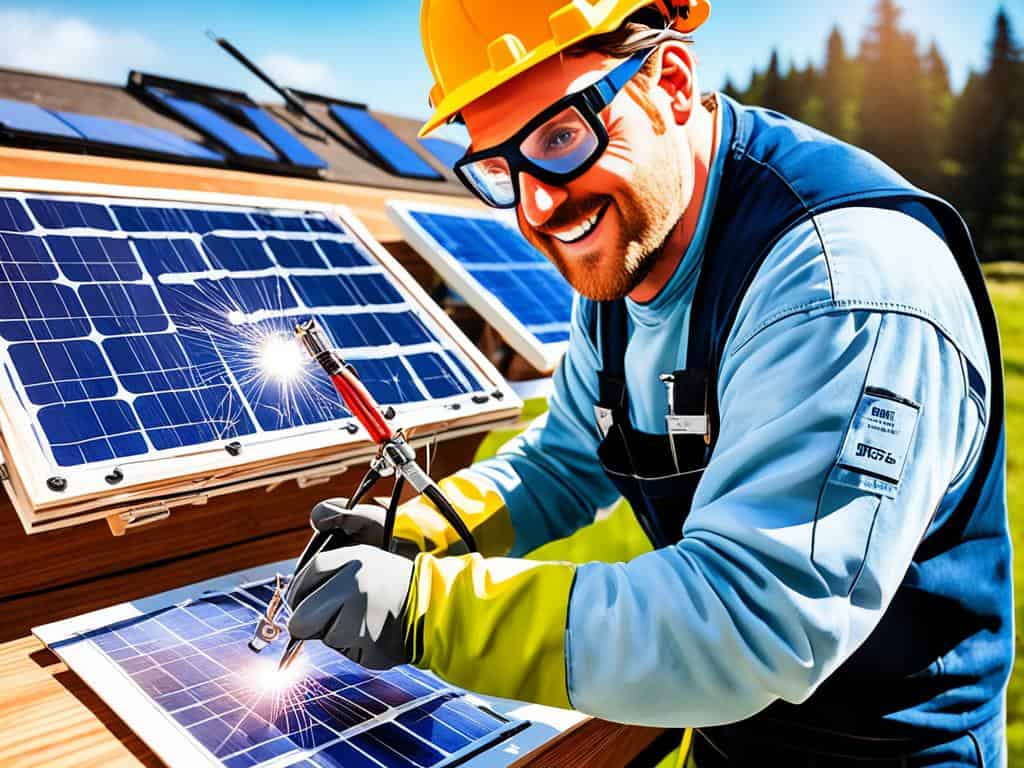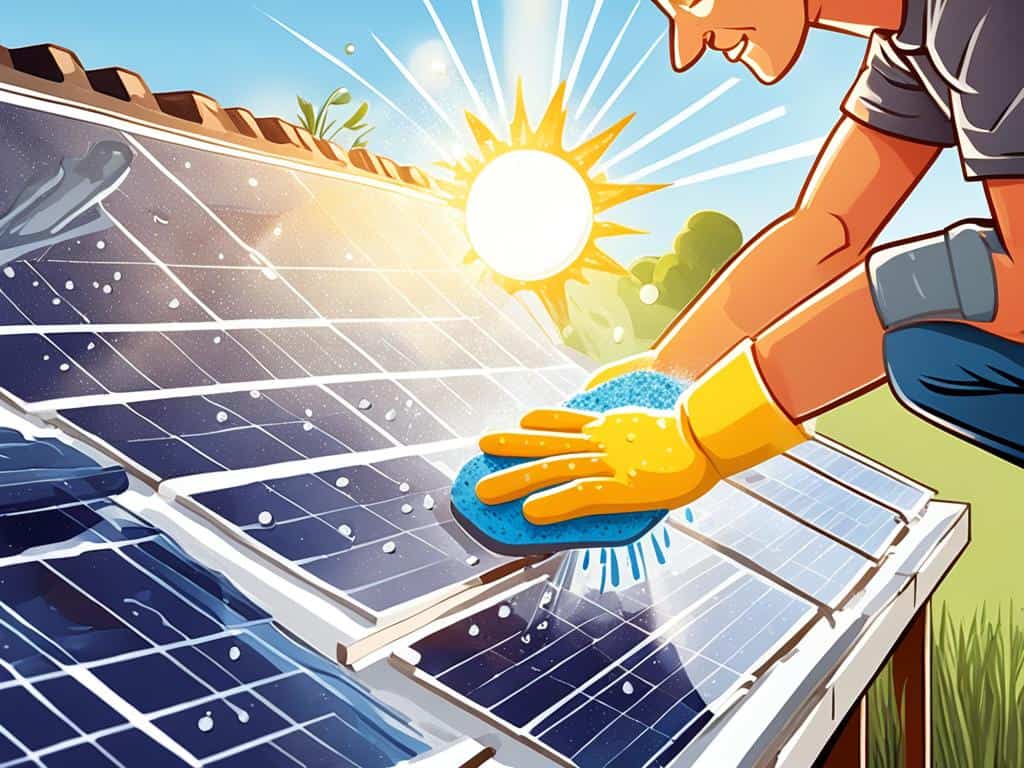Solar Equipment Essentials for Eco-Friendly Power
Empower your home with eco-friendly power using top-notch solar equipment. Discover efficient panels, inverters, and batteries for sustainable living.

The world is moving towards renewable energy, with solar equipment leading the way. More homeowners are now using solar energy, aiming for energy independence. Since 1881, photovoltaic technology has greatly improved. In 2021, there was a 95% increase in the production of photovoltaic systems using crystalline silicon. Fenice Energy has been helping people switch to clean energy for over 20 years. They show how solar technology can benefit your home and the environment. What do you need to start using solar power at home? What savings and benefits can you expect?
Key Takeaways: The Journey to a Solar-Powered Home
- Delve into the robust world of solar technology where crystalline silicon dominates the PV market.
- Uncover the history and significant growth of solar panel installations and their impact on the modern energy landscape.
- Explore the financial and environmental benefits of adopting solar systems within your household.
- Learn about Fenice Energy’s role in navigating homeowners through cost-effective and high-quality solar solutions.
- Gain insights into the life cycle of PV systems, from eco-friendly production to end-of-life recycling advancements.
- Consider the ecological implications of solar power plants and measures to mitigate their impact.
- Reflect on the potential for solar installations to turn marginal lands into sources of economic and environmental prosperity.
Understanding Solar Energy System Basics
Solar panels have changed how we get energy. They offer a clean, renewable power source. This is both sustainable and cost-saving. Knowing the basics of solar technology helps us see what energy’s future may look like.
Components of a PV Module
Solar panels work when sunlight is turned into electricity by solar cells. Top manufacturers like LG and LONGi Solar lead in making more efficient cells. These systems include layers like protective glass and conductive layers, working together to capture solar energy.
Types of Solar Panel Systems: Grid-Tied, Off-Grid, and Hybrid
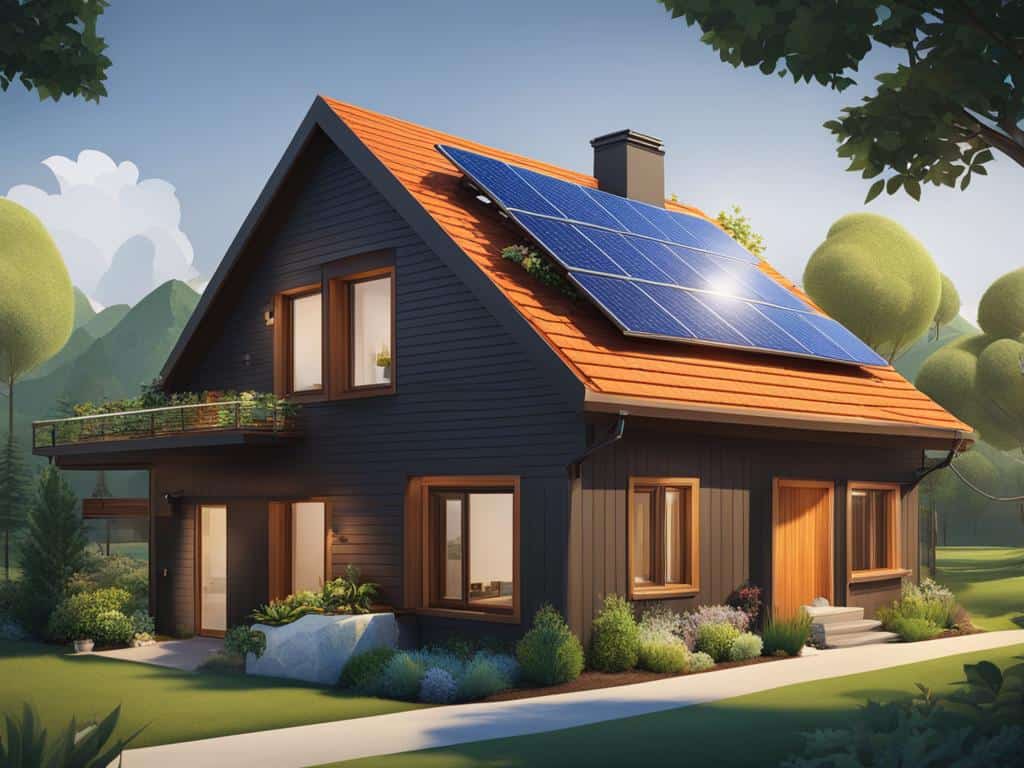
There are three main types of solar panel systems. Grid-tied systems work with the power grid, providing power and using the grid as backup. Off-grid systems work alone, making them perfect for places far from power lines. Hybrid systems use batteries for storage, giving a reliable power supply and improving grid resilience.
Lifespan and Durability of Solar Panels
Solar panels are eco-friendly and incredibly durable. They last a long time with little loss in efficiency. Most panels can last over 25 years. They help lower electricity costs and protect the environment.
| Statistic | Impact |
|---|---|
| Hour and a half of sunlight | Meet world’s annual energy consumption |
| Soft costs in rooftop solar systems | Largest share of total costs |
| 17.4 TW consumption in 2015 | Projected 56% growth by 2040 |
| Less than 5% global solar utilization | Germany targets 38% solar by 2050 |
| 4 KW solar panel over 25 years | Offsets 199,697 lbs of CO₂ |
Solar energy’s potential is huge, but it’s still underused globally. In India, Fenice Energy is leading a change towards solar. This shift aims to create jobs, power rural areas, and grow the economy. The Earth gets a lot of solar energy every day. This shows it can meet our needs while keeping the planet green.
Key Solar Equipment for Efficient Energy Harvesting
India is making big moves in sustainable energy. Having the right equipment for energy harvesting is crucial. Fenice Energy highlights the need to know each component’s features. This knowledge leads to a better solar energy system.
Solar Panels: Monocrystalline vs. Polycrystalline
Solar tech sees monocrystalline and polycrystalline panels leading the way. Monocrystalline panels have a sleek dark look and high efficiency thanks to their pure silicon. On the other hand, blue polycrystalline panels are less efficient but cheaper. They are great for those watching their budget in India.
Solar panels last a long time, with warranties from 15 to 25 years. Yet, their efficiency changes with the temperature. They work better in cooler temps and less so under the hot Indian sun.
Inverters: String, Microinverters, and Power Optimizers
Solar inverters change solar energy into usable power. There are string inverters, microinverters, and power optimizers. String inverters are budget-friendly but not great in shade unless equipped with bypass diodes. Microinverters are more expensive but improve panel independence, helping with shade. Power optimizers offer a balance, enhancing panel performance before conversion to AC.
Fenice Energy offers important O&M services. These services keep inverters and PV systems working well.
Mounting and Racking Systems for Optimal Placement
Installing solar panels right is key to catching enough sunlight. Racking systems secure panels on rooftops or in large solar farms. They’re built to handle different weather, keeping solar arrays safe.
Fenice Energy’s advanced racking systems aim to get the best sun exposure. They adjust to different angles for the best energy harvest all year.
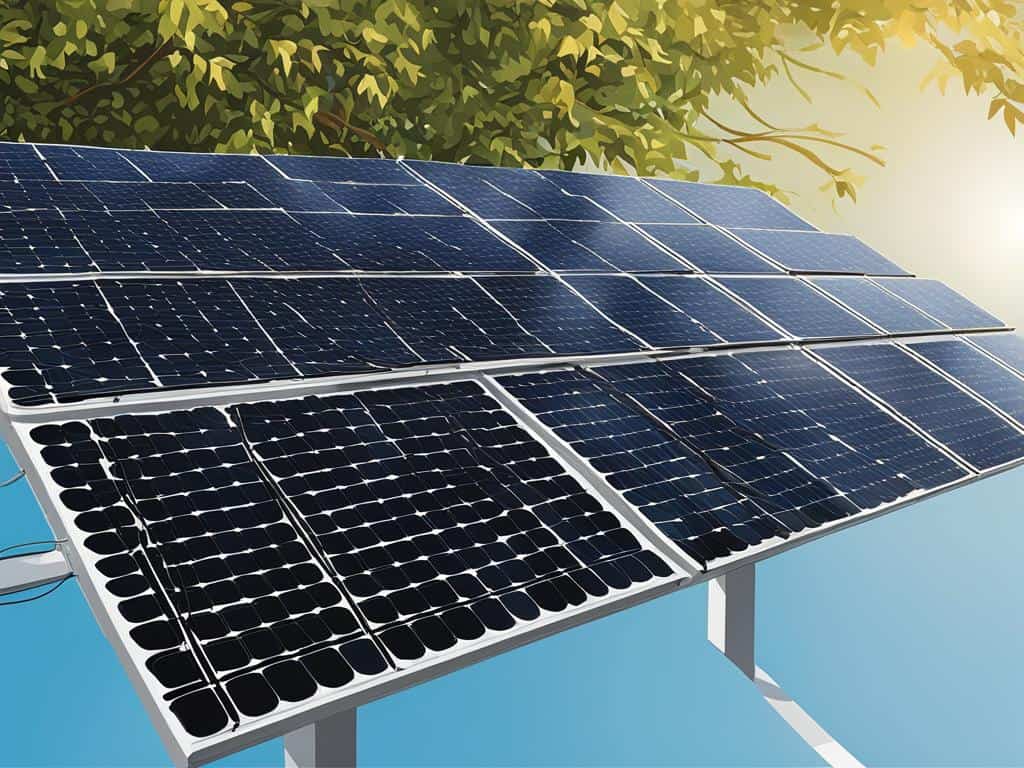
Using the right panels, inverters, and racking boosts a system’s energy efficiency. Software like Archelios™ Suite helps manage the system’s life cycle. It offers tools for planning and tracking, showing Fenice Energy’s commitment to top-notch renewable solutions.
India’s energy use is up, and solar panel efficiency is better than ever. Fenice Energy’s panels now hit 25% efficiency, a big jump from the past. Their focus on innovative, eco-friendly solutions stands out.
Solar equipment supports everything from home roofs to big power plants. Solar power in India has grown from 6 million kWh in 2004 to about 143 billion kWh in 2022. This growth shows India’s strong commitment to solar energy.
Choosing the best solar panels, inverters, and racking is key for any solar project. Fenice Energy leads by combining the best equipment, expertise, and care.
Investing in Solar Storage: Batteries and Charging
The shift towards renewable energy is gaining speed worldwide. Adopting solar batteries is critical for those wanting control over their power and security during power outages. Since Sony introduced lithium-ion batteries in 1991, they have become key for solar energy systems.
It’s important to know that storing solar energy is not perfect; there are some losses. But the upside is clear. Having energy stored means your home stays comfortable, even at night or during grid issues.
In India, where power cuts are common, having stored energy can be a game-changer. Short-term storage keeps things stable, even when sunlight is inconsistent. Technologies like pumped hydropower and electrochemical storage are leading in renewable energy.
History and research are key. The U.S. has used pumped storage hydropower since 1929. Fenice Energy focuses on both traditional and new technologies. From flywheels to solar fuels like hydrogen, they offer solutions for everyone.
Think about virtual storage. It saves energy without traditional storage by changing how devices use power. This boosts solar storage and helps homes and businesses switch to renewable energy. Prescott Hartshorne noted we are at a turning point with energy storage and battery tech. Fenice Energy helps you navigate this change.
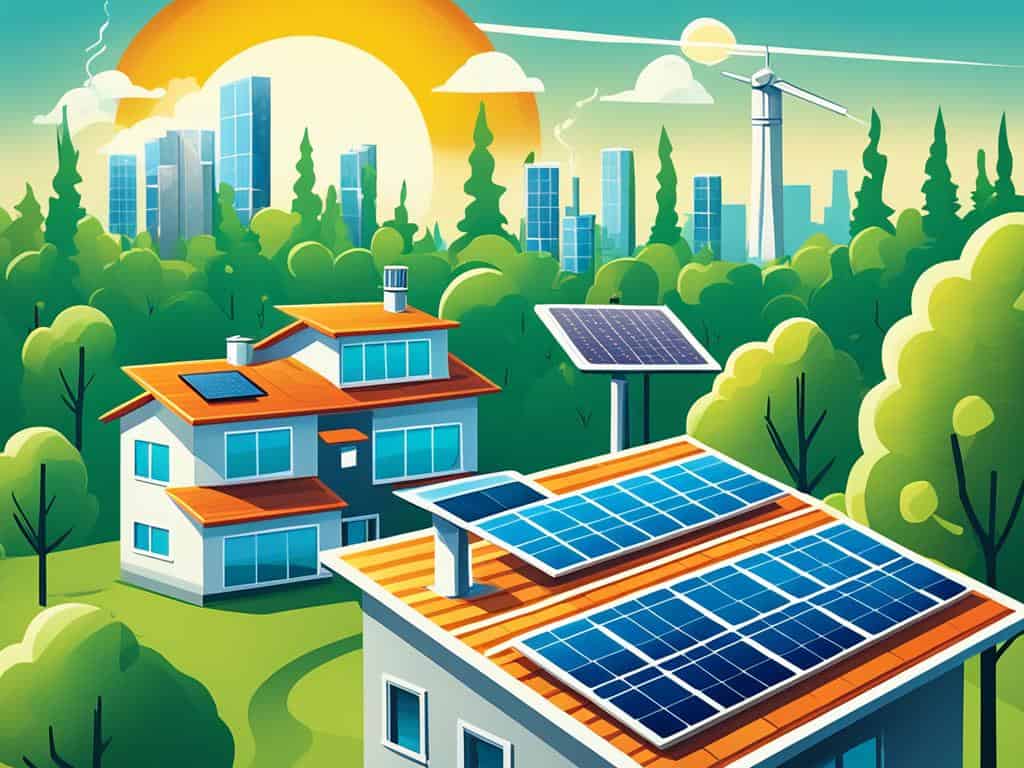
Choosing solar storage benefits everyone, not just you. It makes energy use better and more cost-effective for homes and businesses. Imagine if the UK’s wind farms fully used technology, saving billions. Fenice Energy helps make this a reality.
Fenice Energy believes in always learning and innovating. There’s a lot to know through the Solar Office and the DOE’s Energy Storage Grand Challenge. They help customers understand their energy storage options.
India is ready for a clean energy change. With over two decades in clean energy, Fenice Energy is ready to help. Investing in solar batteries and charging isn’t just buying a product. It’s investing in a future of abundant, free electricity.
Solar Equipment Installation: What You Need to Know
Since 2008, the U.S has seen a huge rise in solar energy use, with installation costs going down. More people now want to know how to use sustainable energy at home. Solar installation involves many parts, like net metering and monitoring how well your solar system works. Fenice Energy, with over 20 years of experience, helps you use solar power effectively.
Net Metering and Solar Performance Monitoring
Net metering lets homes send extra solar power back to the grid and get credits. This helps lower your energy bills. Fenice Energy offers services to make sure your solar system is working well. They alert you if it’s not performing right, so you can fix it. It’s important to get the most out of solar investments now, especially with the Solar Investment Tax Credit ending soon.
The Role of Charge Controllers in Solar Systems
Charge controllers are key for managing solar energy, especially when you store energy. They stop batteries from overcharging and keep them healthy. This makes your solar batteries last longer, ensuring your investment is worth it.
Essential Solar Installation Tools
Proper installation requires the right tools and design software for an eco-friendly setup. Solar projects can be cost-effective and might increase your home’s value. Fenice Energy aims to be gentle on the planet and efficient in using materials. This saves money and helps the environment. We provide resources like a detailed guide on financing options and tools for setting up solar power.
